If you’ve just unboxed your 3D printer and are wondering whether PETG is the right filament to start with—you’re not alone. Many beginners ask for “PETG filament Pros and Cons”, “Is PETG Hard to Print?” or “PETG vs PLA – what’s Best?”
Let’s cut through the noise.
PETG Printing: Best Uses, Limitations & Expert Tips for Beginners
PETG (Polyethylene Terephthalate Glycol) is a hybrid: it combines the printability of PLA with some of the toughness of ABS. It’s stronger, more flexible and more resistant to moisture and heat than PLA—but also more finicky to dial in.
In this beginner-friendly guide, we’ll explore:
- ✅ What PETG is best used for (especially for aquarium and terrarium prints);
- ⚠️ When PETG fails—and what to use instead;
- 🛠 Common PETG printing issues (with real solutions);
- 🤔 PETG vs PLA: Which is truly better for your needs?
By the end, you’ll know exactly whether PETG fits your projects—or if it’s worth sticking with something simpler.
PETG Filament Pros and Cons for Everyday Printing
PETG isn’t perfect—but it’s pretty close in many use cases.
💪 PETG Filament Pros:
- Stronger and more impact-resistant than PLA;
- More flexible, reducing cracking or snapping;
- Excellent moisture resistance—ideal for water-exposed prints;
- Naturally food-safe and non-toxic (when printed correctly);
- UV and weather-resistant—suitable for some outdoor use.
⚠️ PETG Filament Cons:
- Strings easily due to its sticky nature;
- Tricky bed adhesion on some surfaces;
- Less dimensionally precise than PLA for ultra-detailed prints;
- Absorbs moisture from the air—must be stored properly.
Quick takeaway: If you want strong, long-lasting prints for real-world use (not just models or toys), PETG is worth the learning curve.
Best PETG Projects for Aquarium, Terrarium and Home Use
You bought PETG. Now what?
🐠 Aquarium & Terrarium Accessories
PETG is a favorite among aquarists and reptile owners. Why?
Caves & Shelters: Perfect for fish, shrimp, or geckos. PETG is safe for aquatic life and holds up underwater.
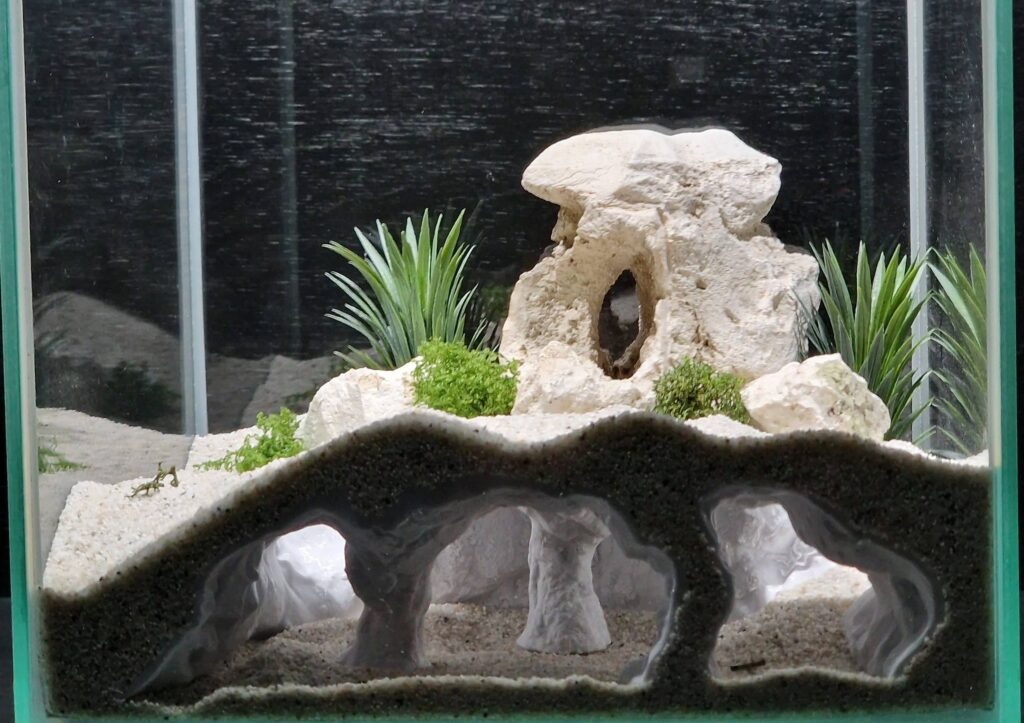
Floating & Submerged Decorations: Need something that lives half-in, half-out of water? PETG handles it with ease.
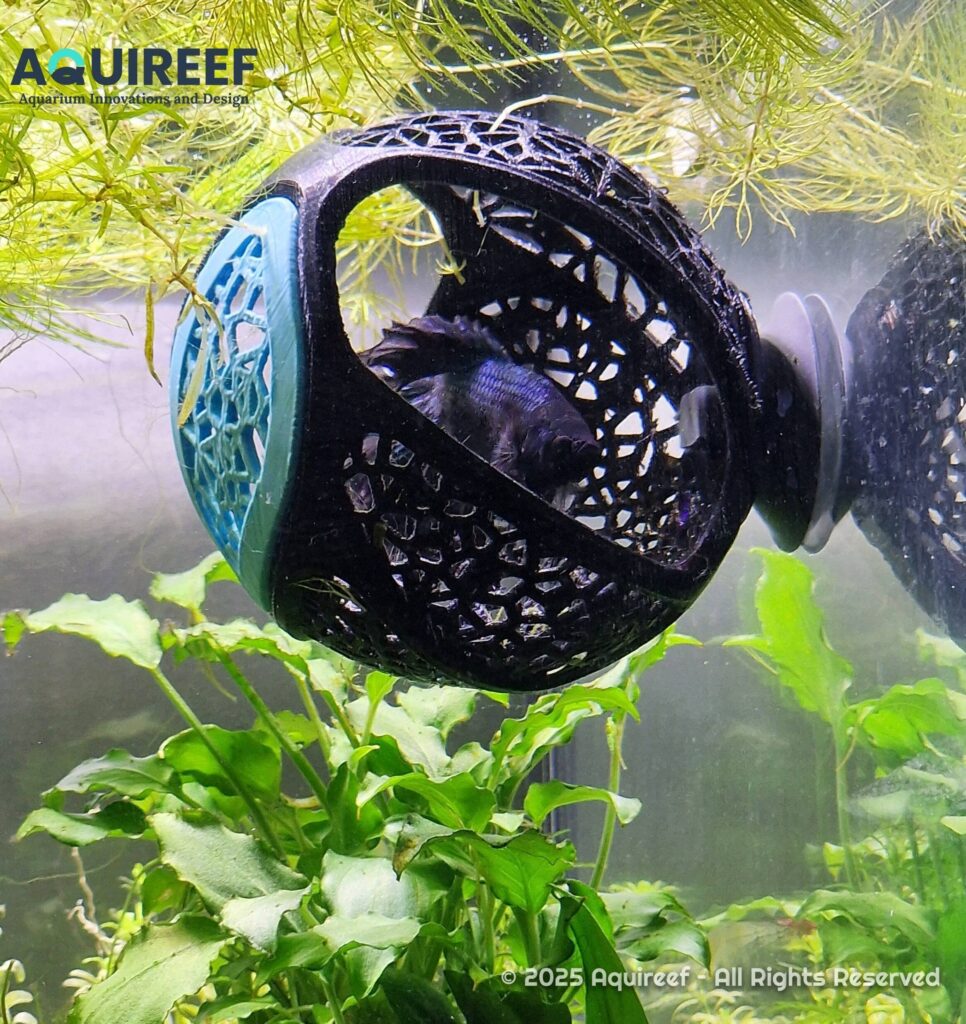
Filter Mounts & Custom Parts: From pump holders to tubing clips—durable and safe.
Terrarium Features: Print plant holders, nozzles, or rock-like structures that resist humidity.
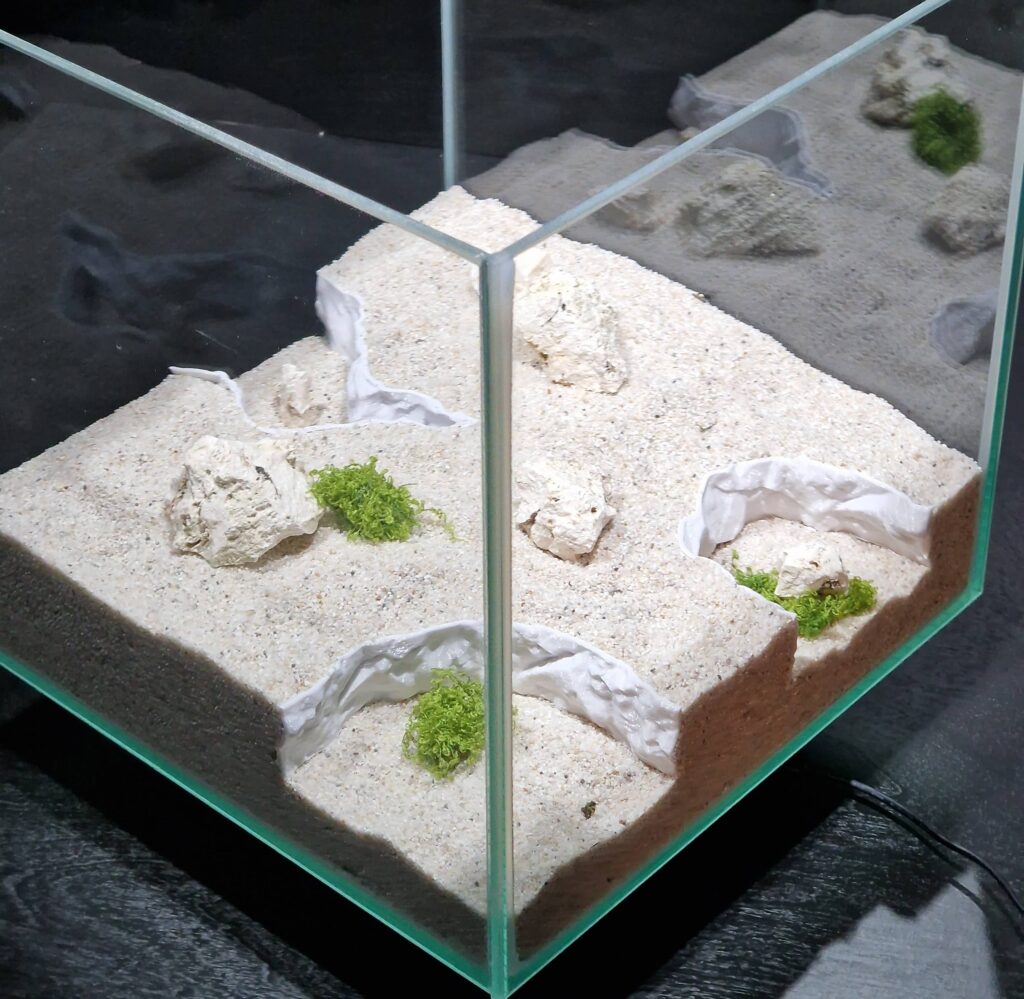
Bonus: PETG is one of the few filaments considered food-safe, making it ideal for aquatic environments when printed cleanly and correctly.
🛠 Household & Garden Tools
PETG isn’t just for fish tanks.
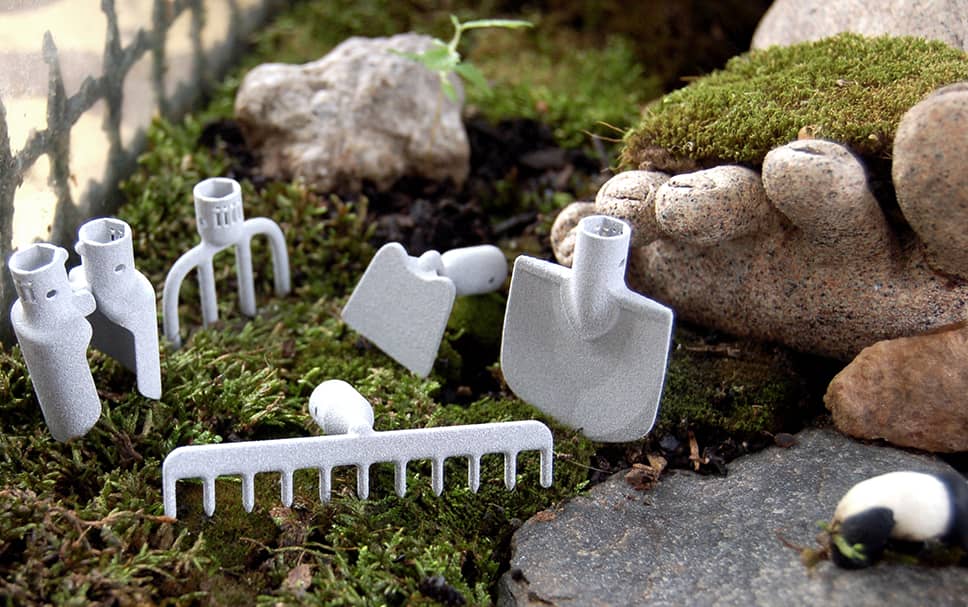
- Outdoor Planters & Connectors: UV resistance makes it garden-friendly.
- Utility Hooks & Wall Mounts: Stronger than PLA and less brittle over time.
- Tablet & Phone Holders: Sturdy enough for daily use.
🤖 Mechanical & Functional Prints
Need parts that won’t snap under pressure?
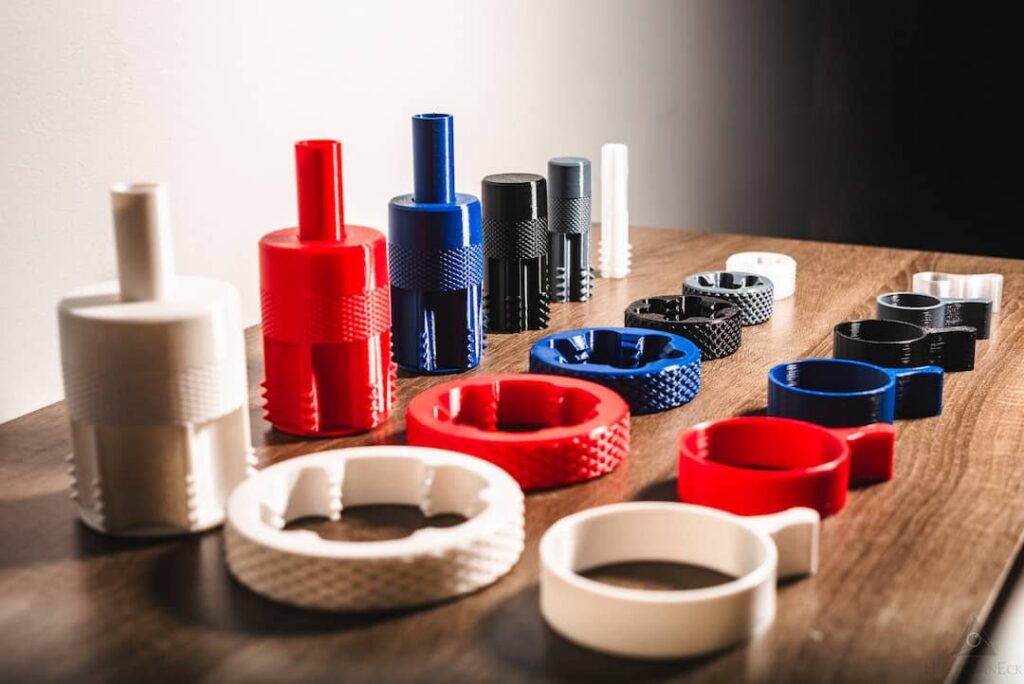
- Replacement Brackets & Clips: For broken appliances, furniture, or tools.
- Drone or RC Car Parts: PETG is flexible enough to take hits without cracking.
- Gears & Mechanisms: Works for medium-load applications where a bit of give prevents breakage.
PETG vs PLA: Which One Should You Choose?
Let’s keep it simple.
| Feature | PETG | PLA |
|---|---|---|
| Ease of Printing | ❌ Slightly harder | ✅ Very easy |
| Strength & Flexibility | ✅ More durable | ❌ Brittle under stress |
| Water Resistance | ✅ Excellent | ❌ Poor |
| Aesthetic Finish | ❌ Strings easily | ✅ Smooth and precise |
| Food-Safe Potential | ✅ Yes, when printed cleanly | ✅ Yes, when printed cleanly |
| Use in Aquariums | ✅ Recommended | ❌ Not recommended |
Verdict: Use PLA for quick, good-looking prints. Use PETG for functional, water-resistant and impact-tolerant prints—especially in aquariums or outdoors.
Check out the PLA Filament: The Best 3D Printer Filament for Beginners and Beyond? article if you want to deep-dive into the PLA topic!
PETG Colors: Do They Affect Print Quality?
Absolutely.
- Clear/Transparent PETG: Glossy, smooth—but reveals imperfections. Great for light diffusion.
- Matte Colors: Hide layer lines better, ideal for aesthetic parts.
- Dark Shades (Black, Navy): May need higher temps due to pigments—can absorb more heat and warp.
- White/Light PETG: Highlights stringing but easy to paint or sand.
🧠 Pro tip: If you’re battling stringing, switch to a matte PETG—easier to work with and better-looking out of the printer. Different PETG filaments can be found and purchased on Amazon.
When PETG is NOT the Right Choice?
PETG is solid—but not bulletproof. Don’t use it for:
- High-Temperature Environments: It softens at 80°C. Not great for cars or saunas.
- Heavy Friction Applications: Gears under stress may wear out.
- Extreme Sunlight: It’s UV-resistant, not UV-proof. Outdoor use is okay short-term.
- Chemical Exposure: Strong cleaners and solvents can degrade PETG.
- Precision Models: Stringing makes fine-detail prints a challenge.
Are there Better Alternatives to PETG?
Still not sold on PETG? Here’s what else to try:
- PLA: Beginner-friendly, beautiful finish, but fragile and not water-resistant.
- ABS: Durable and heat-resistant, but warps and smells.
- TPU: Flexible and rubber-like. Perfect for impact resistance, but hard to dial in.
- ASA: Like ABS but more UV-resistant—ideal for outdoor gear.
Each filament has its niche. PETG just happens to fill many of them.
Want to get more insights on different 3D printing filaments? Check out my 3D Printing Materials: Safe and Unsafe Choices for Aquariums and Terrariums topic.
PETG Printing Issues? Here’s How to Fix the Most Common Ones
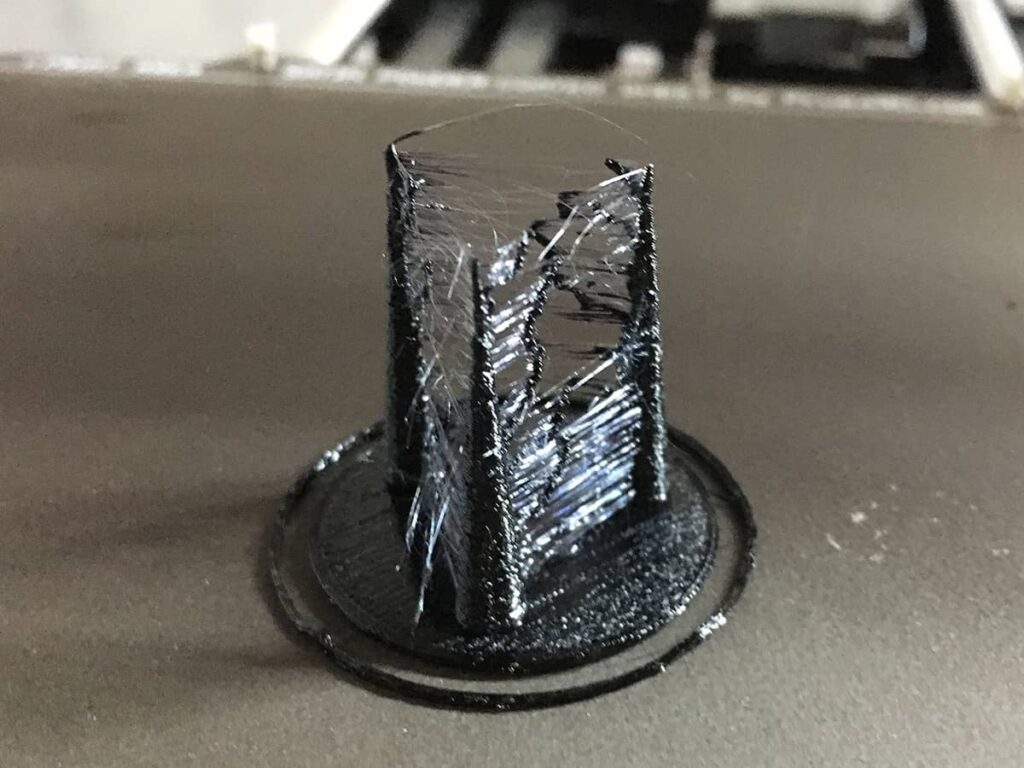
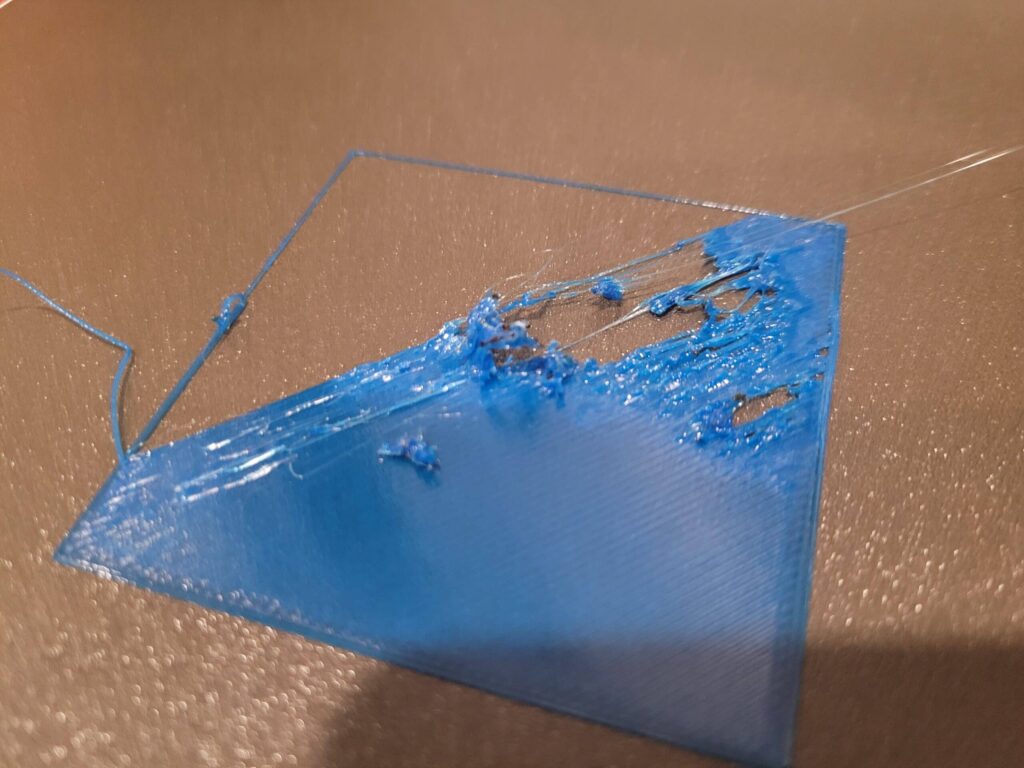
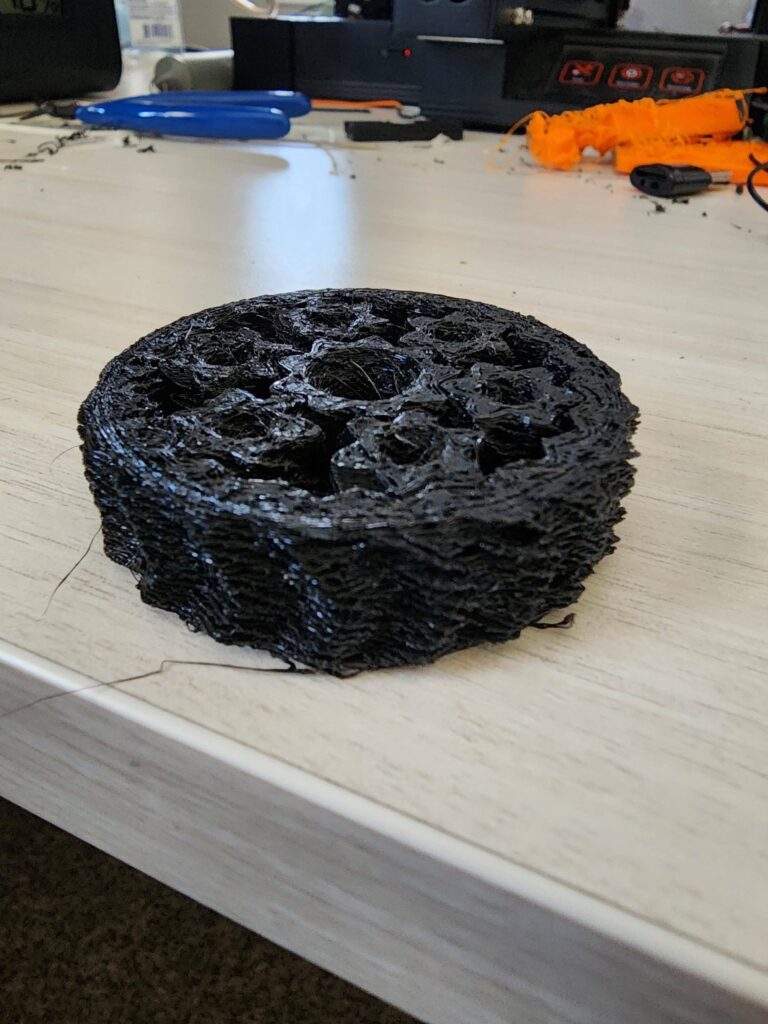
Even top-tier printers like Bambu Lab, Prusa or Qidi have their quirks with PETG. Beginners often hit the same walls.
Here’s how to break through:
1. PETG Stringing Everywhere?
Cause: PETG is sticky by nature
🔧 Fix:
- Increase retraction distance/speed
- Enable coasting in your slicer
- Use tuned profiles for high-speed PETG
2. Bed Adhesion Too Strong—or Not Enough?
🔧 Fix:
- Use a PEI sheet or glass bed
- Apply a glue stick to prevent damage
- Set bed temp to ~70–80°C (not too hot)
3. Weak Layers or Cracks?
🔧 Fix:
- Print at 220–250°C
- Reduce cooling fan speed—PETG prefers less airflow
4. Moisture Problems?
🔧 Fix:
- Dry filament before printing (filament dryer or oven at 60°C for 6 hours)
- Store in airtight boxes with desiccants
5. Blobs and Over-Extrusion?
🔧 Fix:
- Calibrate your flow rate
- Lower extrusion multiplier slightly
- Check your nozzle and temperature accuracy
Final Thoughts: is PETG the Right Choice for You?
PETG is a powerful tool in any 3D printer’s arsenal—if you take the time to master it. For aquariums, terrariums, garden parts and functional tools it delivers strength, water resistance and reliability.
But it’s not for perfectionists who want ultra-detailed miniatures. Nor for those unwilling to fine-tune slicer settings.
👉 So, is PETG hard to print?
Only if you skip the learning phase. Once dialed in, it’s one of the most rewarding filaments you can use.
Want More 3D Printing Tips Like This?
Subscribe to our blog for practical guides, expert tricks and tested reviews that make your 3D printing journey smoother—no matter your skill level.
➡️ Check out bellow to explore more beginner-friendly filament guides and aquarium print ideas!
- Is 3D Printing Food Safe? Here’s the Real Truth
- 3D Printed Reptile Hides Exposed: Crucial for Welfare or Just Terrarium Decor Hype?
- 3D Print Bed Adhesion — What Works Best To Avoid Failed 3D Print?
- Are Aquarium Caves Really Critical for Fish and Shrimp Health? Does 3D Print Decor make a Difference for your Aquatic Pets?
- Why Aquarium Plant Holders Are Changing the Game for Tree Lovers
💬 I’d love to hear from you! Have you tried printing with PETG? Share your wins, fails or tips below! Do you prefer PETG or PLA—and why? Let’s talk!
